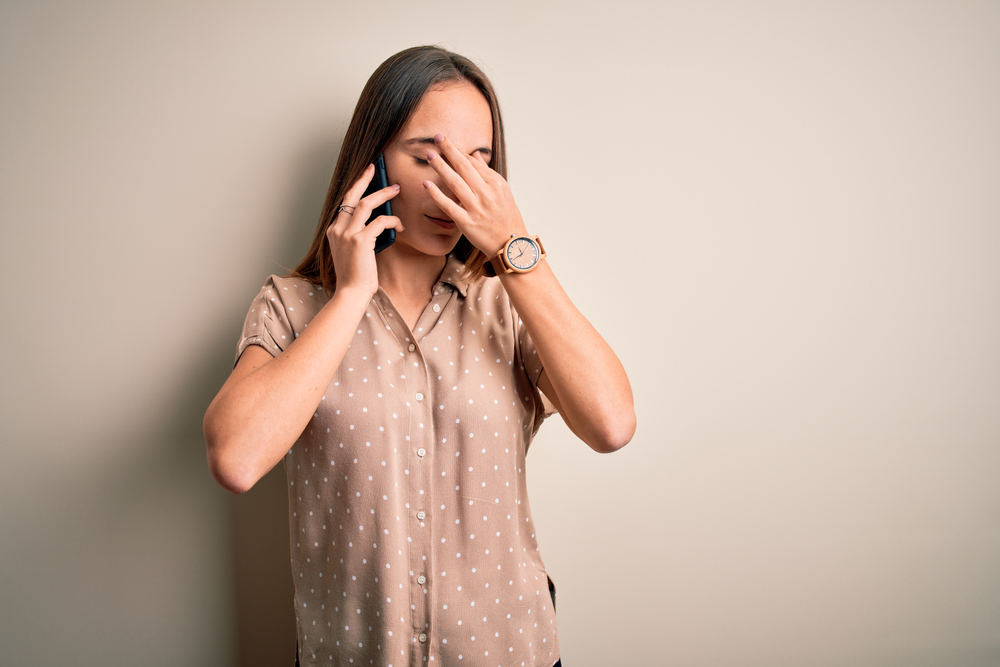
April 20, 2020
Dry eyes are a very common condition in many countries around the world, including the United States where an estimated 4.5 million people over the age of 50 are affected. They may not have any permanent consequences for your vision, but they can affect your day to day life and make certain activities difficult. They don’t typically cause pain, but they can make your eyes uncomfortable.
Exactly what causes dry eyes can vary. In most instances, they occur either because your body fails to make enough natural lubrication for the eyes to remain comfortable or because the fluid drains too quickly. Again, there can be various reasons why this happens. For many patients, the meibomian glands which are responsible for producing the oil needed for tear film become blocked, meaning that the tear film isn’t as lubricating as it should be. Dry eye is also a side effect of some medications.
Whatever the cause of your dry eye, if it doesn’t resolve itself fairly quickly, you may need treatment to help alleviate your symptoms. Fortunately, there is a range of different treatment options available.
Eyedrops
Eyedrops are usually the first line of treatment offered to patients with dry eye. There are several different types available – some which seek to add artificial moisture to the eyes rather than treating the underlying problem, and others that target the root cause of the condition. It is essential that patients follow the directions given with their eyedrops as whilst some can be given whenever you feel the need, others – particularly those containing steroids or anti-inflammatory medications – should only be administered a few times each day.
Oral medications
If eyedrops are not sufficiently relieving your symptoms, you may be recommended to try oral medications. The goal of these is to reduce the inflammation that may be preventing tear film from forming, ensuring that enough oil mixes with it to keep your eyes comfortable.
Eye Insert Medications
Around the same size as a small grain of rice, these tiny inserts contain medication that helps to reduce inflammation and prompt your eyes to make a healthy tear film. The inserts are placed just inside your eyes, between your eyeball and lower eyelid. However, once in a position, they cannot really be felt, making them a comfortable and convenient solution.
Warm Compress/Massage
If the glands that produce the oil for your tear film are believed to be clogged, a combination of heat and massage is usually effective at removing the blockage. This can be done manually, using a warm compress and clean fingers to gently massage the area close to your eyes. Alternatively, some people prefer to use a treatment called Lipiflow. Lipiflow is a piece of equipment that delivers thermal energy in short pulses to both heat and massages the meibomian glands.
Punctual Plugs
These tiny little plugs are used to block the drainage channels from your eye in order to prevent the tear film from draining too quickly. This can keep it on the surface of the eye for longer, keeping your eyes feeling moist and comfortable.
Daily Contact Lenses for People with Dry Eyes
In the past, people with dry eyes were often considered to be poor candidates for contact lenses since it has been known to make it difficult for sufferers to wear them. However, this is no longer the case thanks to the creation of daily contact lenses. Daily disposable contact lenses are what their name suggests – lenses that are designed to be worn once and then discarded, with users wearing a fresh pair every day. This has been shown to be much better for patients with dry eye.
There are lots of different daily contact lenses to choose from. Some of the things that you should consider when choosing (along with your eye doctor) which is right for you include:
Choose soft lenses. The materials used in soft lenses are made to hold water and allow oxygen to pass through the lens to let the eyes breathe.
Choose low moisture lenses. Although this may seem counter-productive on the surface of things, studies have shown that contacts with higher moisture levels can make dry eye worse as they draw water out of the eyes in order to maintain their high moisture level.
Choose silicone hydrogels where possible. They may be a little more expensive, but these lenses require less moisture than other contacts and let more oxygen pass through, increasing the comfort that they offer patients with dry eyes.
For more information on dry eye treatment options, please don’t hesitate to get in touch with our expert eye care team in Houston, TX.






